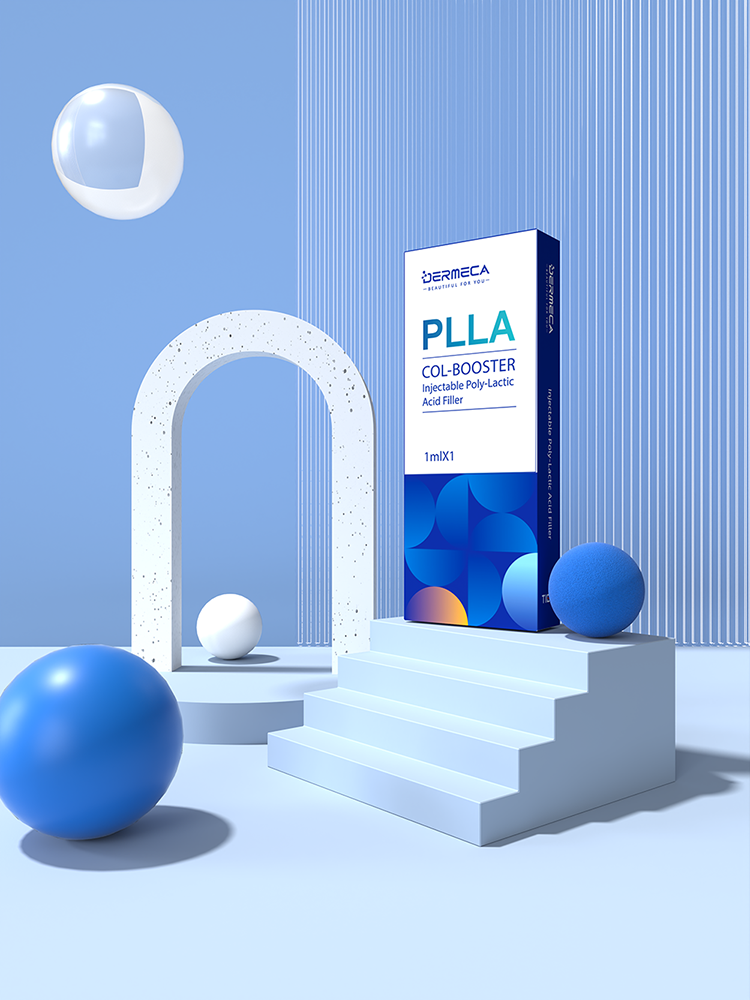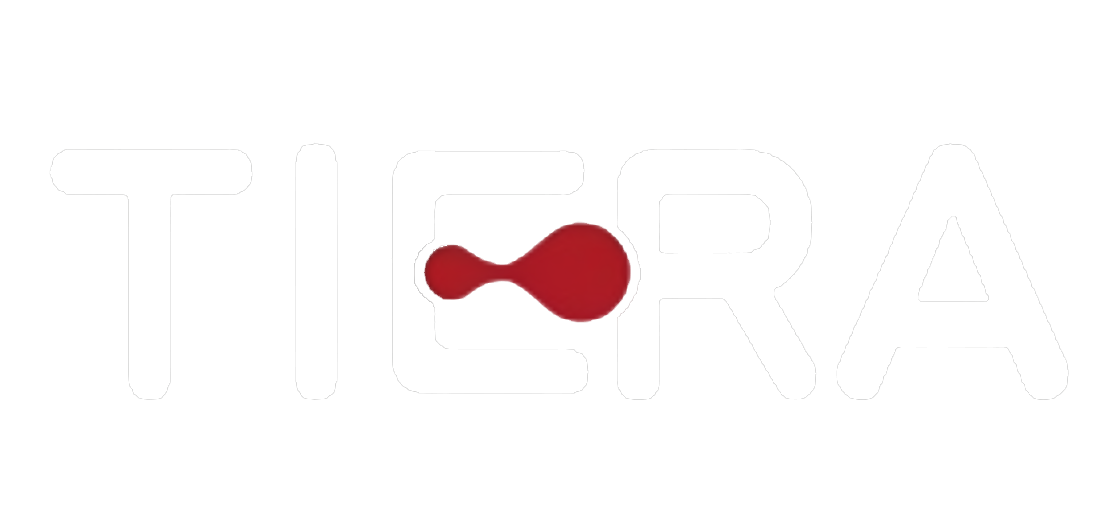What Is Poly L Lactic Acid (PLLA) and How It Differs from Hyaluronic Acid Fillers
PLLA stands as a biodegradable synthetic material known for boosting collagen levels, whereas hyaluronic acid fillers mainly focus on adding bulk by drawing in moisture. Take Juvéderm for instance, these types of fillers pull water into the skin right away, creating that instant fullness effect. On the other hand, Sculptra works differently since it activates fibroblasts over time, helping restore the skin's underlying structure. Because of this mechanism, PLLA tends to be better suited for tackling volume loss that develops gradually instead of those quick fixes needed for sudden cosmetic concerns.
The Science Behind PLLA Dermal Fillers Longevity and Gradual Collagen Induction
The reason PLLA works so well over time has to do with how it functions in two stages. When injected, the tiny particles cause some controlled inflammation that tells the body's fibroblast cells to start making more collagen throughout those 6 to 8 week period after treatment. Research published last year by the Aesthetic Surgery Journal showed pretty impressive results too. They found collagen levels actually went up around 25 to maybe even 30 percent within three months following injections, and these benefits seem to reach their peak point around the six month mark. This stands in contrast to regular hyaluronic acid fillers that tend to get absorbed back into the body much faster, usually within about a year. With PLLA though, patients can expect their skin to maintain those collagen boosts for somewhere between 18 and 24 months before needing another touch up.
Average Duration: How PLLA Compares to Other Dermal Fillers
| Filler Type | Primary Component | Duration | Collagen Stimulation |
|---|---|---|---|
| PLLA (e.g., Sculptra) | Synthetic polymer | 2 years | High (gradual) |
| Hyaluronic Acid | Natural glycosaminoglycan | 6–12 months | None |
| Calcium Hydroxylapatite | Calcium-based microspheres | 12–18 months | Moderate |
Clinical data show PLLA achieves the longest-lasting results among biostimulatory fillers, with 73% of patients maintaining facial volume improvements at 24 months in a multicenter trial (Dermatologic Surgery, 2022). Its durability comes from neocollagenesis rather than temporary volume replacement.
Biological Factors That Influence PLLA Filler Longevity
Individual Metabolism and Its Impact on PLLA Breakdown
Metabolic activity directly affects how quickly PLLA breaks down. Individuals with faster metabolic rates may process PLLA microparticles 18–25% more rapidly than average, according to biocompatibility studies. This accelerated clearance can shorten the window of collagen stimulation, potentially requiring earlier maintenance sessions to preserve volume.
Skin Type and Its Effect on Filler Absorption and Retention
The thickness and stretchiness of skin actually plays a big role in how long PLLA stays effective. Research from an animal study in 2024 revealed something interesting about this. They found that when skin was thicker and oilier, it held onto those PLLA particles for about 30% longer compared to thinner skin after six months. On the flip side, skin that lacked collagen absorbed the PLLA quicker but then surprised researchers by producing 22% more new collagen over time. This shows what makes PLLA so special really. First it gives volume where needed, and then continues working behind the scenes to strengthen the skin structure for months afterward.
Treatment Area Dynamics: Muscle Movement and Filler Degradation
High-mobility areas such as the nasolabial folds degrade PLLA two to three times faster than static zones like the cheekbones. Frequent muscle contractions generate mechanical stress that fragments microparticles, speeding up their absorption. Injecting PLLA 4–5 mm below active muscle layers improves longevity by 15–20% compared to superficial placement.
Clinical and Technical Factors Affecting PLLA Durability
Injection Technique and Provider Expertise in Maximizing Longevity
Getting the injection technique right makes all the difference when it comes to stimulating collagen production. Experienced practitioners know how to apply those tiny droplets using specific fanning methods that spread PLLA material properly through the deeper parts of the skin, which helps the body integrate the substance better over time. A study from the Journal of Mechanical Science and Technology back in 2023 found something interesting too. When injections vary even slightly beyond half a millimeter in depth, collagen response drops off quite dramatically - around forty percent according to their measurements. That really highlights why getting good at these techniques matters so much for achieving optimal results.
Optimal Volume and Depth of Injection for Sustained Results
Most guidelines suggest giving around 1.5 to 2.5 milliliters during each treatment session, though the exact amount depends on how thick the skin is at the injection site. When placing the product deeper into the tissue layer just above the bone (about 5 to 7 millimeters), this works best in areas that don't move much because it lasts longer without breaking down from constant movement. For spots that get a lot of action, such as those smile lines between nose and mouth, doctors usually go for shallower injections around 2 to 3 mm deep instead. Going too strong with concentrations over 30 mg per mL can actually lead to lumps forming later on. On the flip side, if someone doesn't get enough product initially, they might not see results for quite some time.
Staged Replenishment vs. Overfilling: Best Practices in PLLA Protocols
Most medical professionals recommend going through 2 to 3 treatment sessions with about 4 to 6 weeks between them. This gives the body's fibroblasts enough time to slowly produce new collagen layers. The benefits last around 12 to 18 months, which is actually about a quarter longer than what patients typically get from just one big injection session. Plus, this method cuts down on swelling issues and those annoying migration problems by roughly two thirds according to recent studies. Many doctors find that starting with hyaluronic acid fillers in strategic areas while incorporating PLLA's gradual support system works best for creating natural looking results that hold up over time.
Lifestyle and Post Treatment Care for Preserving PLLA Results
Lifestyle Habits That Accelerate Filler Degradation
Smoking, excessive alcohol consumption, and intense exercise can reduce PLLA longevity by up to 30% (Aesthetic Medicine Journal, 2023). Nicotine restricts blood flow, impairing collagen synthesis, while alcohol dehydrates skin and hinders healing. Chronic unprotected sun exposure also accelerates enzymatic breakdown of PLLA particles, increasing the need for touch-ups.
Sun Protection and UV Exposure: Risks to PLLA Integrity
UV radiation compromises collagen fibers generated by PLLA, leading to 60% faster volume loss in exposed areas compared to protected ones (Dermatologic Surgery, 2022). Daily broad-spectrum SPF 50+ sunscreen and UPF-rated clothing are essential, as infrared-A rays penetrate deeply and disrupt fibroblast activity critical to long-term integration.
Post Treatment Care Guidelines to Maximize Filler Longevity
Adherence to post care protocols significantly enhances outcomes:
- Avoid facial massages and heat therapies (saunas, steam rooms) for 72 hours
- Sleep face-up for 5–7 nights to prevent displacement
- Use medical-grade moisturizers with ceramides to strengthen skin barrier function
A 2024 clinical review found patients following provider-specific aftercare maintained results 42% longer than those who did not. Additional best practices include avoiding NSAIDs for 48 hours to reduce bruising and attending follow-up visits every four weeks during the initiation phase.
Maintenance Strategies and Long Term Treatment Planning with PLLA
Follow Up Sessions and Booster Treatments for Continuous Collagen Stimulation
The effectiveness of PLLA really depends on proper ongoing care since the body's collagen production tends to slow down significantly around 18 to 24 months after treatment. Typically what happens is people get about three to four treatments first, each spaced roughly four to six weeks apart to build up that foundational effect. Then they usually need refreshers every year or so depending on how their skin responds. Looking at recent data from a study published last year in Aesthetic Dermatology, researchers found something interesting: patients who came back for those second round treatments every other year had much better long term results. About 72% reported maintaining good results with this approach, whereas only about a third saw satisfactory outcomes when they skipped follow ups altogether.
Recommended PLLA Treatment Schedule Based on Clinical Evidence
| Treatment Phase | Frequency | Key Objective |
|---|---|---|
| Initiation | 3 sessions, 6 weeks apart | Activate fibroblast response |
| Maintenance | 1 session/year | Counteract natural collagen loss |
| Long-Term | 1 session/2 years | Preserve facial volume integrity |
Providers increasingly adopt personalized maintenance plans combining PLLA with lifestyle interventions such as smoking cessation and UV protection, which have been shown to extend results by 8–12 months in 68% of cases (2022 patient survey).
PLLA vs. Other Fillers: Balancing Immediate Volume and Long Term Structural Support
While HA fillers offer instant correction, PLLA provides gradual, structural improvement. An MRI study from 2021 revealed that after 12 months, PLLA-treated areas had 23% thicker dermal layers versus 9% with HA. The most effective rejuvenation strategies often integrate both: HA for immediate contouring and PLLA for durable scaffolding, particularly in midface restoration.
Table of Contents
- What Is Poly L Lactic Acid (PLLA) and How It Differs from Hyaluronic Acid Fillers
- The Science Behind PLLA Dermal Fillers Longevity and Gradual Collagen Induction
- Average Duration: How PLLA Compares to Other Dermal Fillers
- Biological Factors That Influence PLLA Filler Longevity
- Clinical and Technical Factors Affecting PLLA Durability
- Lifestyle and Post Treatment Care for Preserving PLLA Results
- Maintenance Strategies and Long Term Treatment Planning with PLLA


